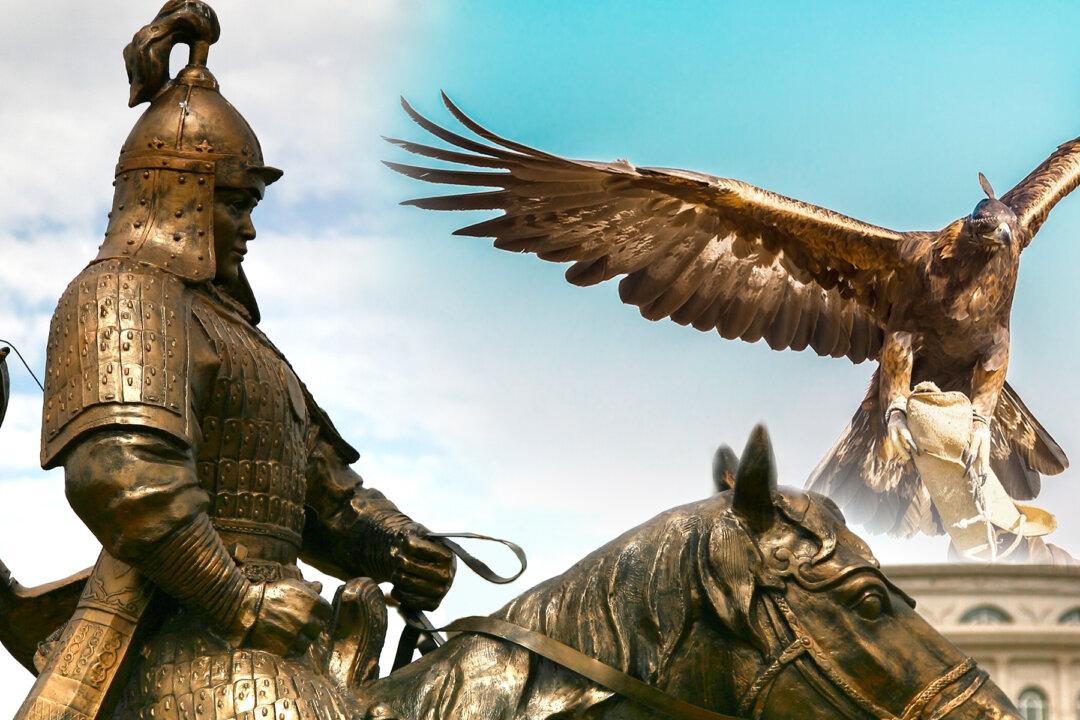The 72-year-old Brazilian novelist Paolo Coelho is most renowned for his 1988 novel The Alchemist. However, in 2006, he compiled a collection of tales, short stories, and opinions called Like the Flowing River, and between the pages nestles a profound story about Genghis Khan, the first Great Khan of the Mongol Empire, and his falcon.
As the story unfolds, one learns more about the destructive nature of anger and the hidden value of a faithful friend.





